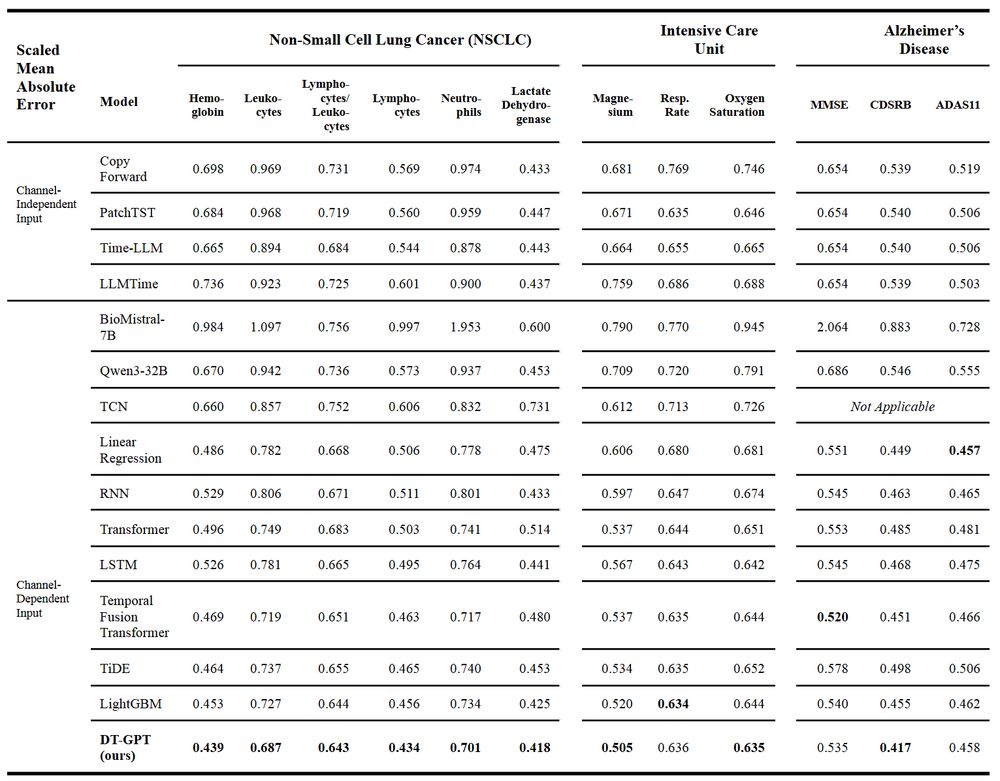“Large Language Models forecast Patient Health Trajectories enabling Digital Twins”

“Large Language Models forecast Patient Health Trajectories enabling Digital Twins”








“Large Language Models forecast Patient Health Trajectories enabling Digital Twins”
Reposted from X to have some content here :)

“Large Language Models forecast Patient Health Trajectories enabling Digital Twins”
Reposted from X to have some content here :)



